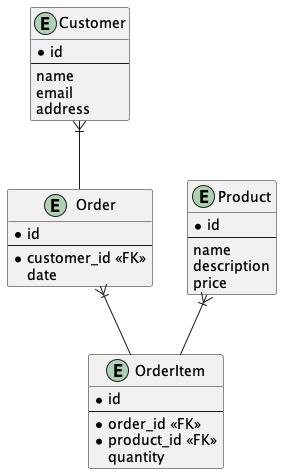How deep do you authenticate?
Accessing applications usually entails some kind of identity. Some part(s) of your application provide identity (called IdP), while other's consume it (paraphrased from Captain Obvious). Identity could be provided from a record or document in your or another database, an LDAP directory, an OICD or a 3d party like your eMail provider or social account, or with some hoops and loops Webauthn (a.k.a passkey).
The question is: how deep does it go?
A typical archtecture
For simplicity I'm skipping load balancers and cache facilities
Each tier might or might not have its own identity, lets have a closer look
(0) User tier
When is authentication information stored at the user tier (think Browser, app or OS) and how immediate is it? Like a username/password or a passkey private key. Those can be exchanged for a token. Or is it a session cookie or an access_token allowing immediate access? How are those credentials protected and/or synced? How vulnerable are they on physical access?
(1) Access tier
A.k.a the firewall or VPN Does it assert a valid user? Are the credentials the same or different from your application. Does your access tier include IP ranges or geo location as part of identity? I've seen identity requirements 100% on VPN, but rarely on firewalls
(2) Web tier
TYpically you find a static web server like nginx, Apache http, the Kubernetes Ingress or a service by a cloud provider.
Even when all your static resources are served by your application tier, you can identify your web tier where requests flow through. When you can establish identity there (and reject invalid ones), you have one more protective layer. nginx+ can do that with JWT
(3) Application tier
YOur application could be a monolith, microlith, microservice, follow a layered architecture, be message driven, event driven or be contemporary with the hexagonal architecture. In any case your user facing access will require identity.
It becomes blurry when your user facing services then call out to other services (via http or message/event), what identity are they using to communicate: user, service or both? You might start looking at RBAC. In any case, this needs to be planned carefully
(4) Persistence / database tier
The prevalent examples you find online , especially in the realm of DBaaS, use just one service identity to access your persistence (file system, database , imp, etc.). So database logs won't tell you who accessed data (RW/RO) and you won't have a chance to implement row level security.
Interestingly this isn't a limitation of databases, they all come with user management, but rather the headache maintaining it or setup another auth
When we designed the Domino REST API, we decided to stick to the JWT based user identity all the way to the database. Apache CouchDB also allows for JWT based authentication. It was lacking the ability to point to an IdP's jwks, so I contributed the CouchDB IdP updater, go check it out.
How do you use identity?
Posted by Stephan H Wissel on 23 June 2024 | Comments (0) | categories: Development Identity Management JWT WebDevelopment

